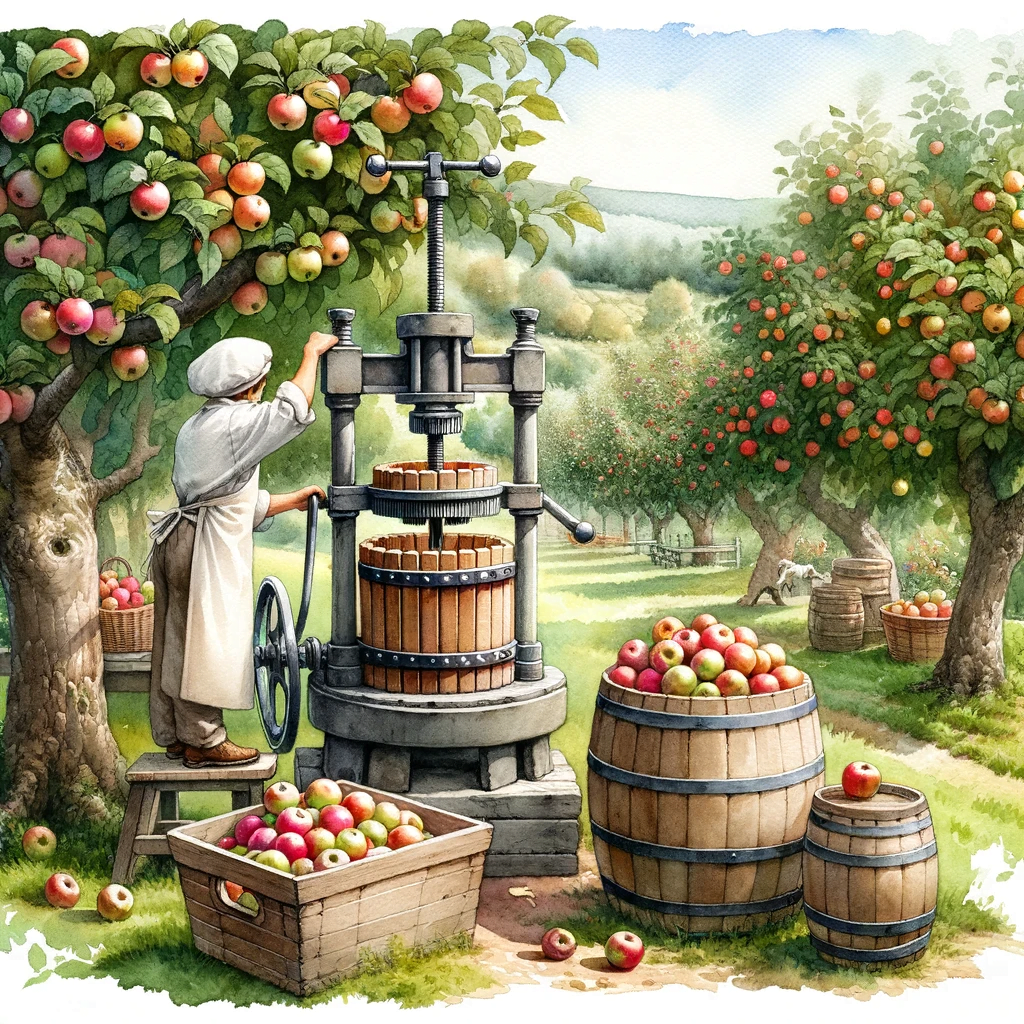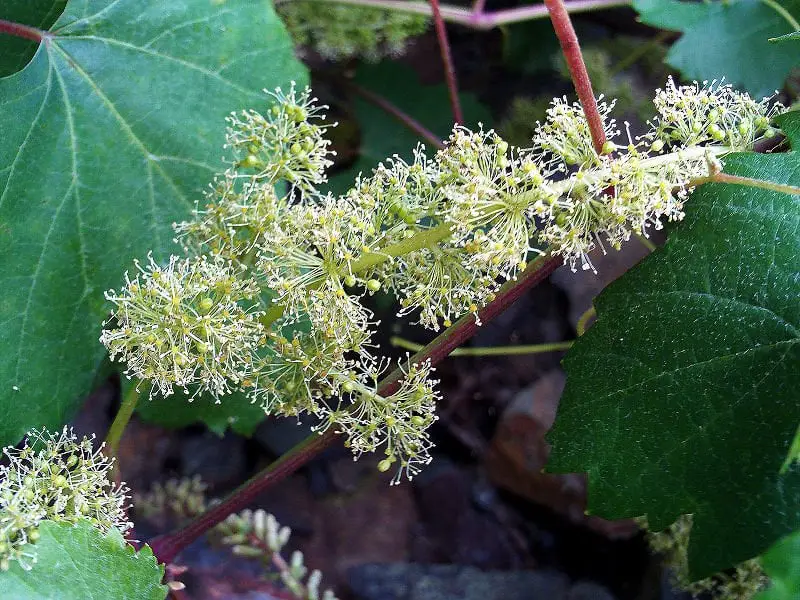Have you ever cut into an acorn squash, only to find that the inside is strangely white instead of the expected deep orange color? If you’ve experienced this mystery in your kitchen, you’re not alone. The phenomenon of white flesh in acorn squash can leave even seasoned cooks scratching their heads. In this article, we’ll uncover the reasons behind this puzzling occurrence and explore what it means for the taste, texture, and overall quality of your acorn squash. Get ready to learn about the fascinating factors that contribute to the white insides of these popular winter vegetables.
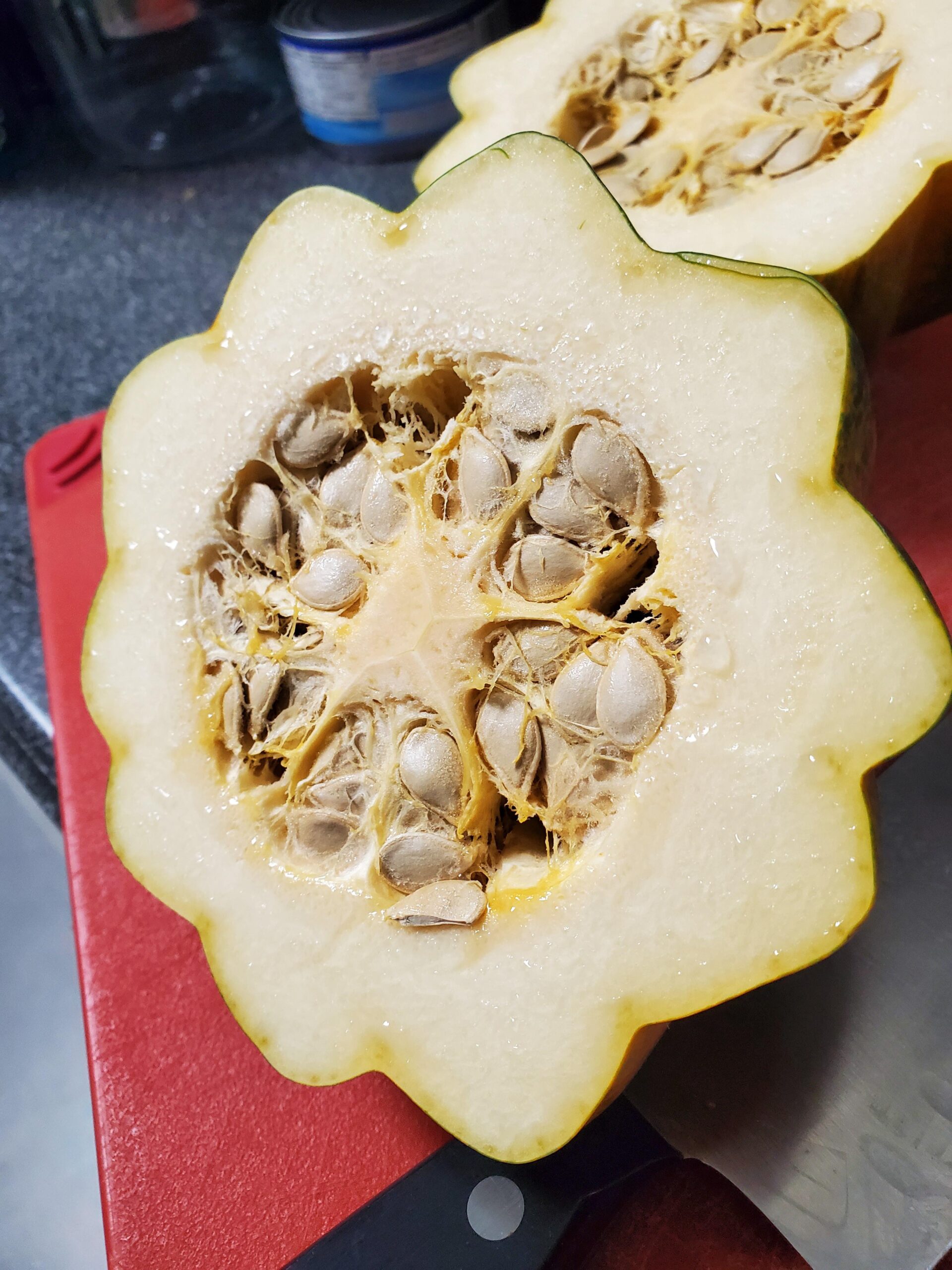
Possible Reasons for White Inside of Acorn Squash
Acorn squash is a popular winter squash known for its sweet and slightly nutty flavor. However, when you cut into an acorn squash and find that the inside is white instead of the vibrant orange or yellow you were expecting, it can be a cause for concern. There are several possible reasons for why the inside of your acorn squash may be white, ranging from inadequate maturity to harvesting or storage issues. Let’s explore each of these reasons in more detail to help you understand what may have caused this unexpected coloration.
Inadequate Maturity
One possible reason for finding a white inside in your acorn squash is inadequate maturity. Acorn squash requires sufficient time to grow and develop properly. If the squash is harvested prematurely, before it has reached its full maturity, the inside can appear pale or white in color. This can happen if the growth time is insufficient or if the squash is harvested too early. To ensure optimal maturity, allow the acorn squash to fully ripen on the vine before harvesting.
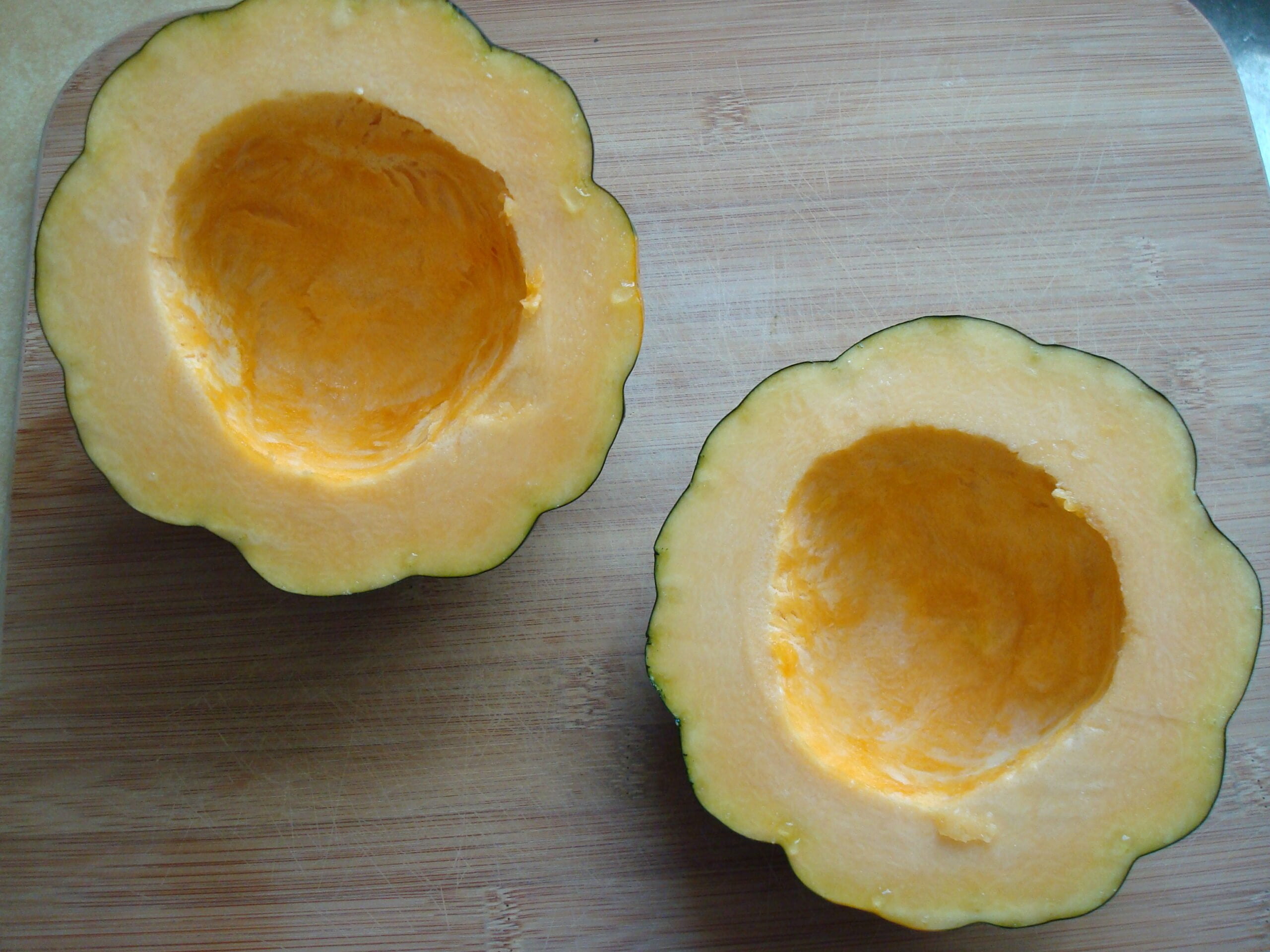
Inadequate Pollination
Another reason for the white inside of your acorn squash could be inadequate pollination. Acorn squash, like most plants, relies on pollination for fruit development. If pollination is inadequate or inconsistent, it can result in incomplete growth and white or pale-colored interiors. Insufficient pollen transfer or poor pollination conditions can contribute to this problem. To promote better pollination, consider attracting pollinators to your garden, such as bees or butterflies, and ensure a diverse range of flowering plants.
Fungal Infection
Fungal infections are a common issue that can affect plants, including acorn squash. Several fungal infections can cause the inside of the squash to turn white. Powdery mildew is a common fungal infection characterized by a white powdery growth on the leaves and fruit. Anthracnose is another fungal infection that can cause white patches or streaks on the inside of the squash. Additionally, white mold, which is caused by various fungi, can also result in a white interior. To prevent fungal infections, practice good garden hygiene, such as removing infected plant debris and ensuring proper air circulation.
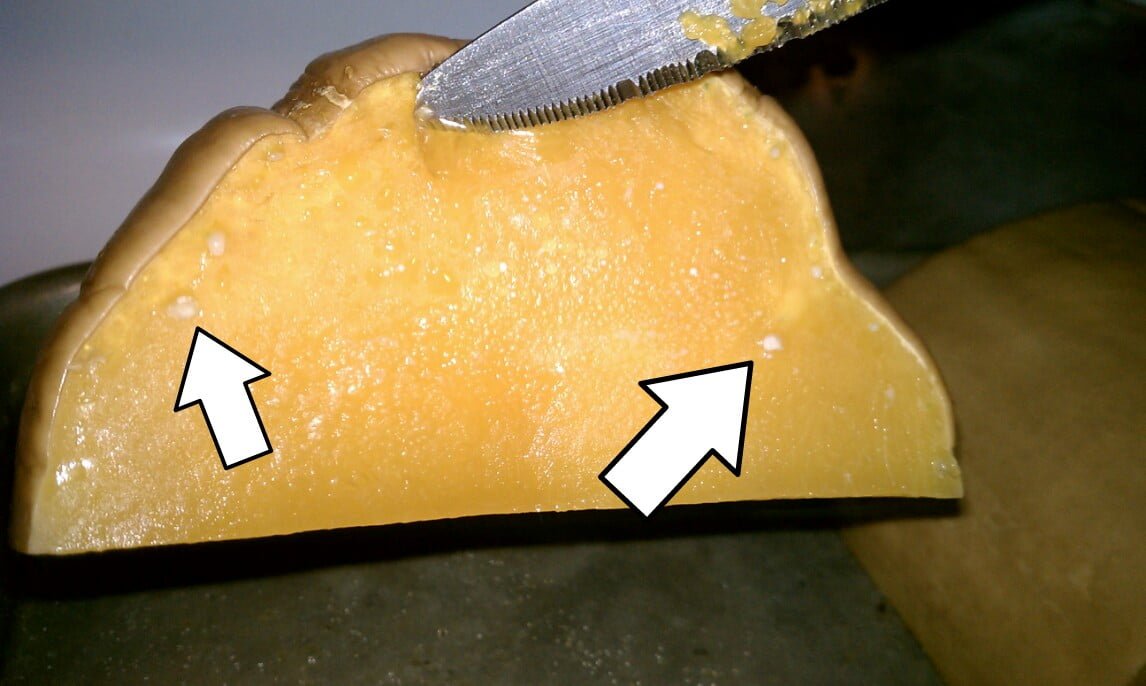
Virus Infection
Virus infections can also be a culprit behind the white inside of your acorn squash. Two common viruses that can affect squash plants are the Cucumber Mosaic Virus (CMV) and the Squash Mosaic Virus (SqMV). These viruses can lead to discoloration and abnormal growth characteristics, including a white interior. Virus infections in squash are often spread by aphids or other insects, so it’s important to control pest populations in your garden and consider using disease-resistant squash varieties.
Lack of Nutrients
A white interior in acorn squash can also be a result of nutrient deficiencies. Imbalanced soil nutrient levels or insufficient fertilization can impact the overall health and development of the plant. When a squash plant lacks essential nutrients, it may not produce vibrant-colored interiors. To address nutrient deficiencies, test your soil to determine its nutrient composition and adjust accordingly. Regularly fertilize your plants with a balanced fertilizer to promote healthy growth and development.

Overripeness
Believe it or not, overripeness can also cause the inside of an acorn squash to turn white. Prolonged storage or delayed harvesting can result in an overripe squash that may lose its vibrant coloration. As the squash ages, it can start to deteriorate, leading to a white or pale interior. To prevent overripeness, harvest your acorn squash at the appropriate time and store it in a cool, dry place.
Environmental Factors
Environmental factors play a significant role in the coloration of acorn squash interiors. Extreme temperatures, such as excessive heat or cold, can impact the pigmentation of the squash flesh. Similarly, excessive sunlight exposure can lead to discoloration. Additionally, watering issues, such as over or under-watering, can affect the overall health of the plant, potentially resulting in a white interior. Ensure your squash plants are adequately protected from extreme temperatures, provide them with sufficient shade, and maintain consistent watering practices.

Pest Infestation
Pests can wreak havoc on squash plants, causing various problems including a white interior. Squash bugs, aphids, and cucumber beetles are common pests known to infest acorn squash. These pests can damage the fruit and affect its coloration, including the inside. Preventing pest infestations in the garden is crucial to maintaining healthy squash plants. Inspect your plants regularly for signs of pests and take appropriate measures, such as using organic insecticides or implementing physical barriers.
Genetic Factors
Genetic factors can also contribute to the appearance of a white interior in acorn squash. Different cultivars and varieties of squash may have distinct characteristics, including variations in coloration. It’s possible that the specific variety you planted or acquired has a genetic predisposition towards a white interior. Consider choosing different varieties known for their vibrant colors if the white interior is not desirable to you.
Harvesting or Storage Issues
Lastly, harvesting or storage issues could be the cause of the white inside of your acorn squash. Improper harvesting techniques or inadequate storage conditions can result in color changes and deterioration. When harvesting, be gentle and use clean tools to prevent unnecessary damage to the squash. Store the squash in a cool, dry place away from direct sunlight and other produce that emits ethylene gas, as exposure to this gas can hasten the deterioration and discoloration of the squash.
In conclusion, there are several potential reasons for finding a white inside in your acorn squash. Inadequate maturity, inadequate pollination, fungal or virus infections, lack of nutrients, overripeness, environmental factors, pest infestations, genetic factors, and harvesting or storage issues can all play a role in the coloration of the squash. By understanding these different factors, you can take appropriate measures to prevent white interiors and ensure the highest quality acorn squash harvest.


